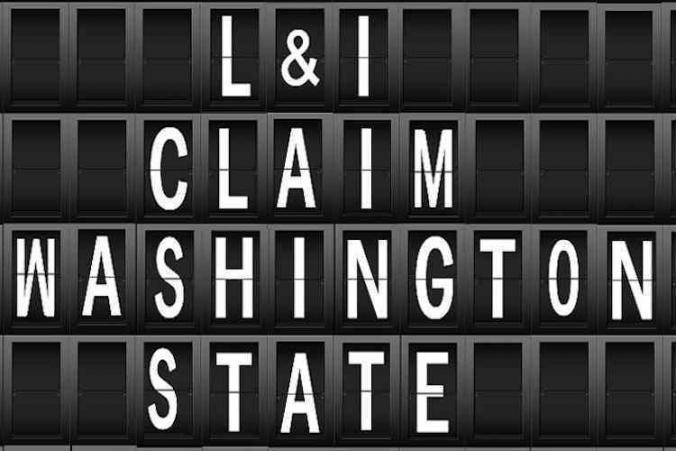L&I claim benefits and workers’ compensation claim rules vary from state to state. L&I claim in Washington State follows the requirements of the Industrial Insurance Act. Here, in Washington State, the goal is to provide benefits to people with a work injury claim and their dependents.
Labor and Industries (L&I)
The Department of Labor and Industries (L&I) is the Washington State agency that administers these benefits. Consequently, it’s L&I’s job to determine the benefits to provide in every workers’ compensation claim. Generally, employers and employees statewide pay workers’ compensation insurance premiums out of every paycheck. For state-funded work injury claims, L&I pays benefits out of the premiums they collect throughout the year. Overall, when I think about all available L&I claim benefits, I group them into categories: treatment, wage replacement, vocational, and closing.
L&I claim medical treatment
L&I must authorize treatment that is “necessary and proper” for any condition that relates to the work injury claim. In essence, “necessary and proper” typically refers to diagnostic, curative, or rehabilitative treatment. Moreover, L&I does not consider purely palliative treatment as necessary and proper under the law. L&I uses a third party called Comagine to help determine whether treatment fits the definition. Usually, treatment continues until the work injury claimant gets to maximum medical improvement. That’s when medical providers say the person with the work injury is as good as they are going to get.
Wage replacement in workers’ compensation claims
Employers can opt to keep the work injury victim on salary while they recover. However, in many cases employers don’t do this. Then, if the work injury claimant can’t work or has reduced earning capacity, they may be entitled to wage replacement benefits. Explicitly, these include time loss compensation or loss of earning power. Realistically, L&I pays time loss compensation if the work injury claimant is temporarily incapable of working while recovering. This is referred to as being “temporarily totally disabled”.
L&I pays time loss compensation benefits at base rate of 60% of the work injury claimant’s wages at the time of injury. Loss of earning power benefits are paid when the work injury victim can work to some extent while recovering but has at least 5% reduction in earnings.
L&I claim vocational benefits
Surprisingly, many people don’t realize that vocational services are part of their L&I claim benefits package. Personally, I think that vocational benefits are particularly important for work injury claimants. Many workers need retraining to get back to work. In particular, this is often the case for people that work physical jobs after they suffer a work injury. Often, their work injury results in permanent physical limitations. When this happens, L&I can authorize and cover the costs of retraining for up to two years. Finally, L&I assigns a vocational counselor to oversee the entire process.
Closing L&I claim
Are there L&I claim benefits during claim closure? Yes! Many people are surprised to learn that L&I pays certain benefits when their workers’ compensation claim closes. In fact, L&I provides benefits at claim closure whenever the injured person has permanent measurable residuals. Many times, the person having the work injury is capable of working (despite the residuals). For compensation, they should get a permanent partial disability award (PPD award). The PPD is a monetary award. L&I bases the PPD award amount on the permanent disability that they can measure. More correctly, a competent medical provider is responsible for measuring the level of disability.
Sometimes, the person that suffered an injury at work is no longer capable of working. In such instances, we refer to them as “permanently totally disabled”. L&I places such injured people on an L&I pension when their claim closes. The value of L&I pension benefits is comparable to time loss compensation benefits. However, L&I pays pension benefits monthly for the remainder of the work injury victim’s life. That’s true as long as they remain permanently and totally disabled.
The role of a workers’ compensation attorney in Washington State
An L&I attorney or workers’ compensation attorney like me has several roles. For one, L&I attorneys ensure that L&I and insurance companies provide work injury claimants the benefits they deserve under the law. Furthermore, L&I issues orders or notice of decision letters regularly. These decisions are very important. They often contain entitlement to benefits. In many cases, people with L&I claim disagree with L&I’s decision. Therefore, they can protest or appeal the decision. Many times, the likelihood of success can be much higher with the help of an L&I attorney.


